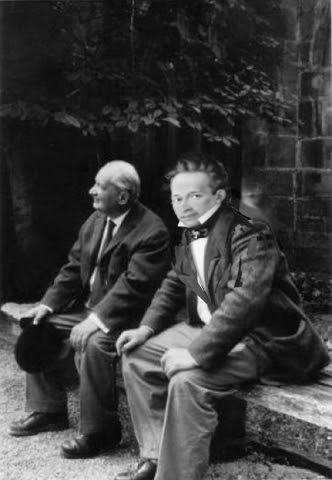Heidegger and Leopardi in Comparison

A human being who phenomenologically reduces his possibilities to the saeculum, that is, to the solely human horizon of history merely lived within a non-transcendent framework, constitutes himself by a pure possibility of being.
It is interesting to note how two thinkers, different in time, space, and culture, each alludes to the same constitutive point of view in man through their own terminology.
Heidegger: In Heidegger, “being-there” (Dasein) is potentiality because, as long as it exists, it inherently includes what-is-not-yet (zum Dasein, solange es ist, dieses Noch-nicht gehört - Sein und Zeit §48, 242).
Leopardi: What does Leopardi say about desire? "Quella vita ch’è una cosa bella, non è la vita che si conosce, ma quella che non si conosce; non la vita passata, ma la futura" (“That life which is a beautiful thing is not the life that is known, but the one that is unknown; not the past life, but the future” - Dialogo di un venditore d’almanacchi e di un passeggere, Operette morali 480-81). The desire in Leopardi and the constitutive possibility of “being-there” in Heidegger seem very close to me. Isn’t it perhaps a constitutive part of man to desire, to yearn for something that is never what he would like it to be, but for this reason constitutes us in our being in the world?
The desire (for pleasure) is structurally constitutive of man (Dasein) because in the individual it ceases only with death. "Il detto desiderio del piacere non ha limiti per durata, perchè, come ho detto non finisce se non coll’esistenza,..Non ha limiti per estensione perch’è sostanziale in noi" ("This said desire for pleasure has no limits in duration, because, as I said, it does not end except with existence... It has no limits in extent because it is substantial in us.” - Operette morali 165).


